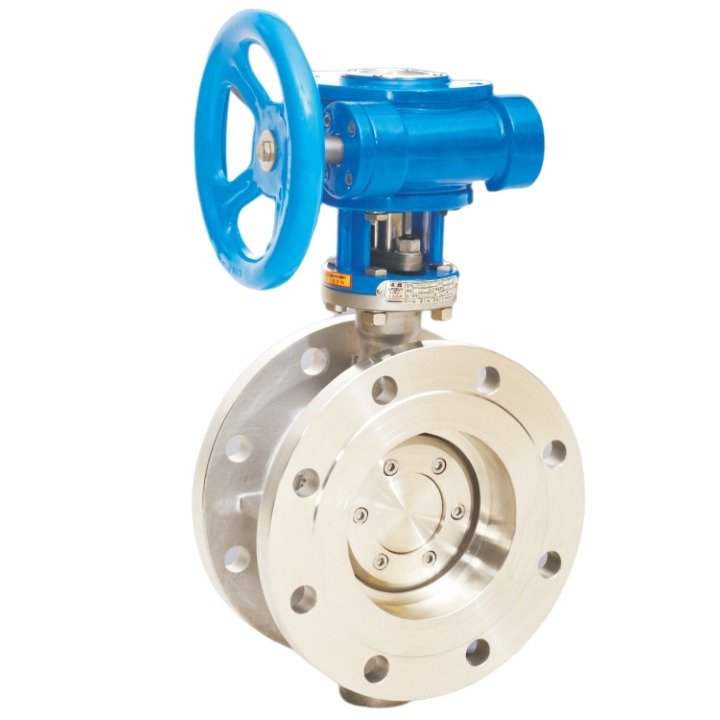A flange low-temperature butterfly valve is a type of butterfly valve used in low-temperature conditions, typically used for flow control of low-temperature media such as liquefied natural gas (LNG), liquid nitrogen, and liquid oxygen. The liquid low-temperature medium used, such as ethylene, liquid oxygen, liquid hydrogen, etc., is flammable and explosive. It vaporizes at high temperatures and expands hundreds of times in volume. This type of valve plays an important role in low-temperature environments due to its simple structure, compact design, and reliable performance.

The following is a detailed explanation of the flange low-temperature butterfly valve:
1. Structural features: The main components of the flange low-temperature butterfly valve include the valve body, valve disc, valve stem, sealing ring, etc. The valve body is made of high-strength low-temperature materials to ensure stability and durability in low-temperature environments. The valve disc is fixed on the valve stem and adjusts the fluid flow rate by rotation. Sealing rings are usually made of low temperature resistant materials to ensure reliable sealing under low temperature conditions.
2. Operation method: Flange low-temperature butterfly valves can usually be controlled by manual operation, electric actuators, or pneumatic actuators. Manual operation is suitable for smaller scale applications, while electric and pneumatic actuators can achieve remote control, improving the automation level of the system.
3. Sealing performance: Low temperature butterfly valves require special attention to their sealing performance in design to prevent leakage of low-temperature media. The contact surface between the valve disc and the valve seat is usually made of low-temperature resistant sealing materials to ensure reliable sealing in low-temperature environments.
4. Selection of low-temperature materials: Under low-temperature conditions, conventional materials may become fragile, so the key components of flange low-temperature butterfly valves need to use low-temperature resistant materials, such as austenitic stainless steel, nickel alloys, etc., to ensure the performance and reliability of the valve.
5. Anti freezing design: Similar to other low-temperature valves, flange low-temperature butterfly valves also need to consider anti freezing design. This may include heating elements or cooling media to ensure the normal operating temperature of the valve and prevent liquid media from freezing and causing the valve to malfunction.
6. Safety performance: The design and manufacturing of flange low-temperature butterfly valves need to comply with strict safety standards to ensure the reliability and safety of the valve in low-temperature and high-pressure environments. Strict testing and certification can ensure the normal operation of valves under low temperature conditions.
7. Application areas: Flange low-temperature butterfly valves are widely used in liquefied natural gas (LNG) receiving stations, low-temperature storage and transportation systems, and other fields. They are commonly used to control the flow of low-temperature liquids and maintain stable flow rates under different operating conditions.
8. Maintenance and upkeep: Regular maintenance and upkeep are crucial for the reliable operation of flange low-temperature butterfly valves. This includes checking the sealing performance, material condition, and operating mechanism of the valve to ensure that it can operate normally when needed.
In summary, the flange low-temperature butterfly valve plays an important role in low-temperature conditions. Its simple structure, reliable performance, and special design make it an indispensable key component in low-temperature medium flow control systems such as liquefied natural gas.